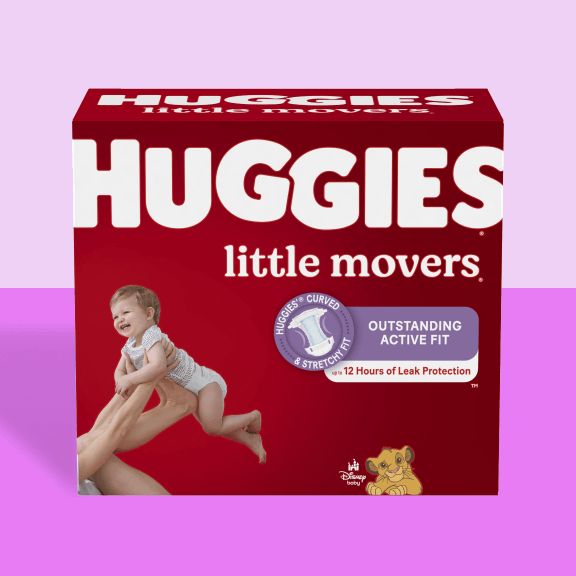Health Tips
Your guide to freezing baby food

Here are some things to keep in mind when starting your little one on solid food and making and freezing your own baby food.
Is my baby ready?
According to the American Academy of Pediatrics, most babies will be ready to start trying solid foods around six months of age. Waiting until your child is ready can set him up for feeding success and help him maintain a healthy weight as he grows. The organization notes that the following signs can indicate readiness for this next step:- Baby can sit up mostly on his own
- He can hold his head up for an extended period of time
- increased interest in mealtimes, possibly indicated by trying to grab food off of your plate
- He shows signs of being hungry in between bottles or breastfeeding sessions
- He doesn’t automatically push food out of his mouth with his tongue
- Choose healthy drinks. That means if baby wants a drink with their meal, offer water, not juice or sugary drinks that add unneeded calories.
- Notice when baby signals she’s finished eating. If she presses her lips shut or turns her head away, don’t force her to continue eating. As she starts eating solid foods, she’s developing skills that include trusting her own hunger and fullness cues.
- Feed healthy fruits and veggies at every meal and snack. Little ones form their taste patterns by 9 months old, so offering a variety of nourishing fruits and vegetables can help her develop an affinity for them that can last a lifetime. Let her try a bunch of different colors, textures and flavors of foods, which can help stave off picky eating later on.
Equip yourself
- Blender or hand mixer: Some items may only need a light mashing with a fork (like bananas or avocado), but other items like cooked apples or steamed squash will need to be pureed for a consistent texture.
- Ice cube tray with lid: This will let you freeze individual portions.
- Freezer bags with zipper lock: These freezer-safe bags will help keep your baby’s food fresh until you’re ready to use it.
- Marker: Use a Sharpie or other similar
Stock up on fruits and vegetables
- You can get a list of suggested baby foods to introduce to baby here and stock up accordingly. Most experts recommend starting with vegetables and then adding fruit.
- Some of the easiest veggies to prepare and freeze as baby food include sweet potato, pumpkin, carrot, parsnip, broccoli, peas, potato, zucchini and cauliflower.
- Fruit suggestions include mashed/cooked/pureed fruits such as avocado, apple, banana and pear.
Keep it clean
- As with all food prep, it’s vital to ensure that you have washed your hands thoroughly and that your kitchen surface is clean before starting to prepare baby food. Your little one’s immune system is sensitive, and it is wise not to expose them to germs unnecessarily.
- Make sure your utensils like the chopping board, knives and peelers have all been thoroughly washed and dried before using.
Chop, peel, cook and puree
- Some foods like avocado or banana only need mashing and can then be placed in the ice cube trays to freeze.
- Other foods like sweet potato and apple will need to be peeled and then cooked (microwaved, steamed or boiled) in order to soften. They will then be pureed and portioned in the ice cube trays to cool.
- Looking for recipes that combine flavors? Check out these tasty baby food recipes.
Freeze it
- Once the baby foods you’ve prepared are cooled, pop them in the freezer immediately.
- While the ice cube trays are freezing, label your freezer bags clearly with the foods you’ve prepared. For instance, “pureed carrot” or “mashed banana.” Put the date you’ve prepared the food on it as well.
- Once the food is frozen in the ice cube trays, pop the solidified version into the freezer-safe resealable bags. This transfer should take place quickly so that the food is not out of the freezer for more than a minute. Then store the baby food cubes in the lock bags back in the freezer.
- Alternatively, you can continue to store the food in the ice cube trays. These trays should have lids that you clearly label with the food it contains and the date of preparation.
Using frozen baby food
- Pull an individual cube of food out to defrost several hours before you intend to use it. It’s a good idea to defrost it in the refrigerator to maintain a cool temperature.
- Make sure you reheat it thoroughly in the microwave or on the stove. Remember microwaves can create hotspots so make sure you check your baby food’s temperature to ensure it is evenly heated and not too hot for baby. You might choose to serve some items (like mashed avocado or banana) at a cool temperature, without any heating.
- Always discard unused baby food once you’ve finished feeding your little one.
Freezing rules
- Make sure you check the preparation date on your baby food.
- Recommendations for how long baby food will keep in the freezer vary from as little as six weeks up to three months.
- Don’t refreeze your baby food if you’ve defrosted it once.
Looking for more practical tips as your child grows? Sign up for the Huggies® newsletter.









